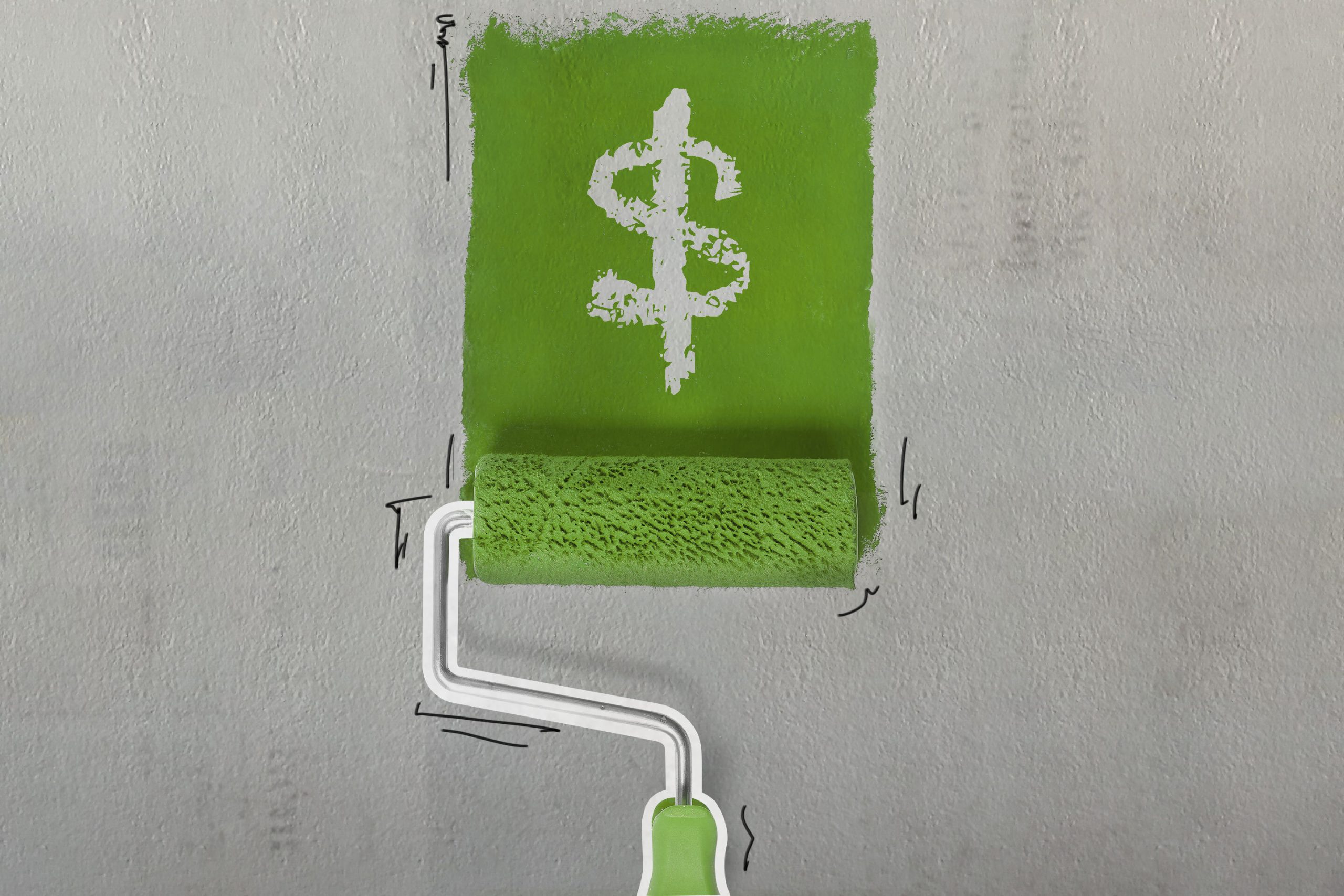How to Get a Home Improvement Loan

Are you considering renovating your home but worried about the financial aspect of it? A home improvement loan can be an excellent solution to fund your renovation projects. In this article, we will guide you through the process of obtaining a home improvement loan, ensuring that your dream home becomes a reality.
Understanding Home Improvement Loans
What is a Home Improvement Loan?
A home improvement loan is a type of loan specifically designed to finance home renovation projects. It provides you with the necessary funds to upgrade your property, such as remodeling your kitchen, adding an extra room, or renovating your bathroom. Home improvement loans are different from traditional mortgage loans, as they are meant for enhancing the value and comfort of your property.
Types of Home Improvement Loans
There are various types of home improvement loans available, each with its own features and benefits. The most common types include:
- Personal Loans: Unsecured loans with fixed interest rates and flexible repayment terms, not tied to your property.
- Home Equity Loans: Secured loans that use your home’s equity as collateral, offering competitive interest rates.
- Home Equity Lines of Credit (HELOCs): Similar to home equity loans but with a revolving credit line instead of a lump sum.
- FHA Title 1 Loans: Government-backed loans for basic home improvements, available to homeowners with limited equity.
Benefits of Home Improvement Loans
Home improvement loans offer several advantages that make them a popular choice among homeowners:
- Flexibility in using funds for various renovation projects.
- Quick approval and easy application process.
- Fixed interest rates for predictable monthly payments.
- Potential tax benefits for interest payments (consult a tax advisor).
- Enhancing the value and appeal of your home.
Assessing Your Home Improvement Needs
Before applying for a home improvement loan, it’s crucial to assess your renovation needs thoroughly.
Determining the Scope of Your Project
Make a detailed list of all the renovations you wish to undertake. This could include repairs, upgrades, or aesthetic improvements. Categorize them based on priority and urgency, as well as their estimated costs.
Calculating the Budget
Once you have an idea of the renovations required, calculate the total budget. It’s essential to be realistic and consider potential contingencies. Research the average costs of similar projects to get an accurate estimate.
Evaluating Loan Affordability
Review your financial situation to determine how much you can afford to borrow. Consider your monthly income, existing debts, and other financial commitments. Avoid taking on a loan that will strain your budget.
Researching Lenders and Loan Options
Now that you have a clear idea of your renovation needs and budget, it’s time to explore different lenders and loan options.
Banks and Credit Unions
Traditional banks and credit unions often offer home improvement loans with competitive interest rates. Visit their branches or explore their websites to learn about their loan products and application processes.
Online Lenders
Online lenders have gained popularity for their convenience and quick approval processes. Research reputable online lenders and read customer reviews to ensure their legitimacy.
Government Programs
Some governments offer special programs or grants for home improvements, especially for energy-efficient upgrades. Check with local authorities to see if you qualify for any such initiatives.
Checking Eligibility Criteria
Before applying for a home improvement loan, check the eligibility criteria set by the lenders.
Credit Score and History
A good credit score improves your chances of loan approval and favorable interest rates. Review your credit report and address any errors or outstanding debts.
Income and Employment Stability
Lenders will assess your income and job stability to ensure you can repay the loan on time. Provide the necessary documents, such as pay stubs and tax returns.
Property Ownership
Verify that you are the legal owner of the property and have the required documentation to prove it.
Gathering Necessary Documents
Prepare all the required documents in advance to expedite the loan application process.
Identification and Proof of Residence
Provide a valid ID and documents proving your current address.
Income and Tax Documents
Submit copies of your recent pay stubs and tax returns to verify your income.
Property Documents and Estimates
Include property-related documents like property tax statements, mortgage statements, and cost estimates of the renovation projects.
Applying for the Loan
With all your documents ready, it’s time to apply for the home improvement loan.
Filling Out the Application Form
Complete the loan application form accurately and honestly. Double-check all the information before submitting.
Choosing the Loan Amount and Term
Select the loan amount and repayment term that aligns with your budget and needs.
Submitting the Application
Submit your application along with the required documents to your chosen lender. Online lenders often have a streamlined submission process.
The Loan Approval Process
After submitting your application, the lender will review your information and assess your eligibility.
Underwriting and Verification
The lender’s underwriting team will verify your documents and assess your creditworthiness.
Loan Approval Timeline
The approval process timeline may vary depending on the lender and the complexity of your application. Some loans may be approved within a few days, while others may take a few weeks.
Understanding Loan Terms and Conditions
Carefully review the terms and conditions of the loan before accepting it. Take note of the interest rate, repayment schedule, and any associated fees.
Utilizing the Home Improvement Loan
Once your loan is approved and disbursed, it’s time to start the renovation process.
Paying Contractors and Suppliers
Use the loan funds to pay contractors, suppliers, and any other expenses related to the renovation.
Managing Funds Effectively
Keep track of your spending and avoid unnecessary expenses to ensure the loan covers all planned improvements.
Contingency Planning
Have a contingency fund in case of unexpected costs or changes in the renovation plan.
Repayment Strategies
A well-thought-out repayment strategy will ensure you manage the loan responsibly.
Creating a Repayment Plan
Plan your monthly budget to accommodate loan repayments and avoid default.
Avoiding Default
Missing loan payments can damage your credit score and result in penalties. Prioritize timely repayments.
Considering Early Repayment
If possible, consider making extra payments to pay off the loan sooner and save on interest.
Potential Risks and Precautions
Be aware of potential risks associated with home improvement loans and take necessary precautions.
Interest Rates and Fees
Understand the interest rates and fees associated with your loan to avoid any surprises later.
Collateral and Secured Loans
Secured loans require collateral, usually your home, which could be at risk if you default.
Loan Scams and Fraudulent Practices
Be cautious of loan offers that seem too good to be true, and only deal with reputable lenders.
Alternatives to Home Improvement Loans
If a home improvement loan doesn’t suit your needs, consider alternative financing options.
Home Equity Loans and Lines of Credit
If you have substantial equity in your home, a home equity loan or line of credit may offer better terms.
Personal Loans
For smaller renovation projects, a personal loan may be a viable option.
Savings and Budgeting
Saving up for home improvements over time can avoid the need for a loan altogether.
Improving Credit Score for Better Loan Terms
A better credit score can lead to more favorable loan terms in the future.
Paying Bills on Time
Consistently pay bills on time to build a positive credit history.
Reducing Debt
Reducing existing debts can improve your credit utilization ratio.
Monitoring Credit Reports
Regularly check your credit reports for inaccuracies and address them promptly.
Conclusion
Getting a home improvement loan can be the key to achieving your dream home. By understanding the loan process, assessing your needs, and choosing the right financing option, you can embark on your renovation journey with confidence. Remember to repay the loan responsibly to enjoy the benefits of an improved living space.




